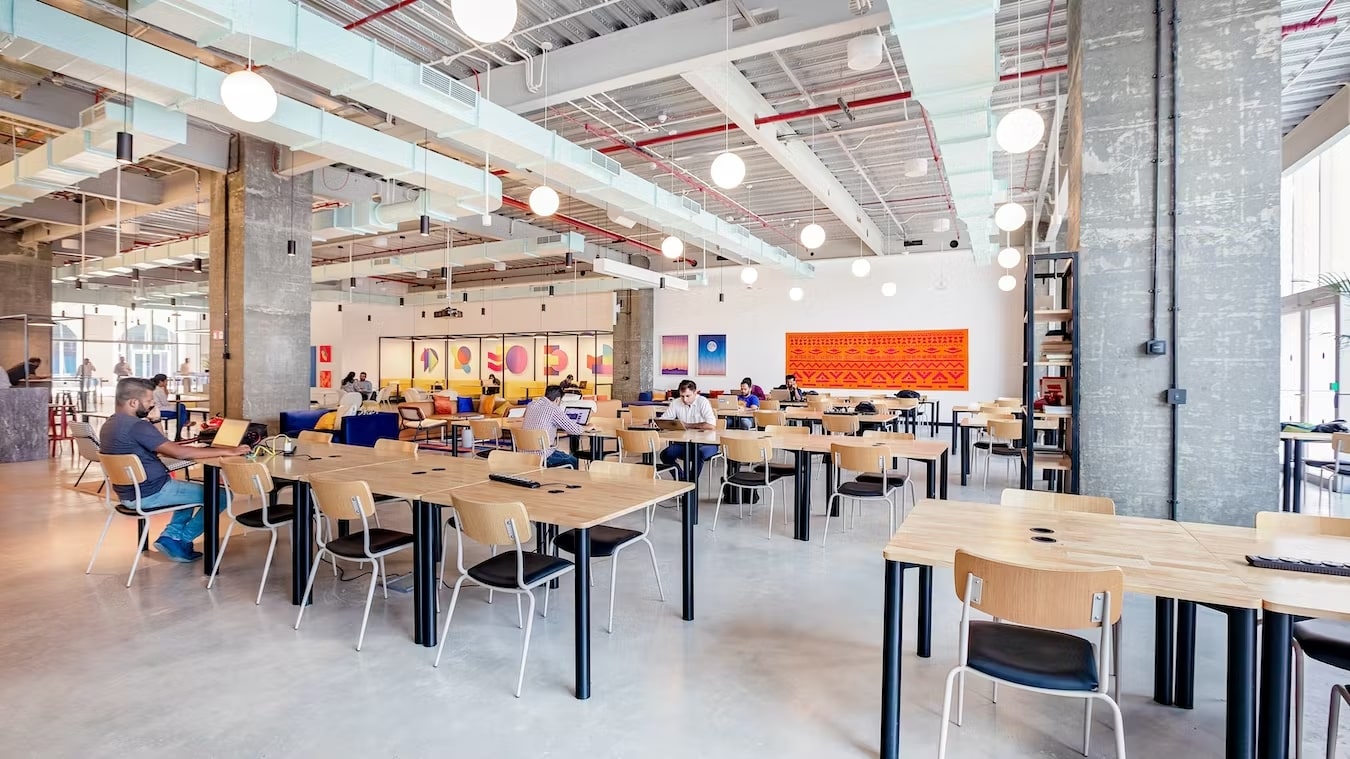Experts dissect pivotal shifts at the 2024 UK Real Estate and Infrastructure Investment Forum, unveiling new strategies for success in commercial real estate.
The future is bright for commercial real estate (CRE) – as long as investors and asset owners adapt to its new reality. This was the verdict of an expert panel at the 2024 UK Real Estate and Infrastructure Investment Forum (UKREiiF), who took a close look at the sector from a range of perspectives across the workspace ecosystem, focusing on the systemic shifts over the last few years. You can access the recording of the full UKREiiF panel here.
Change happens slowly, then very fast
By 2019, lifestyle changes driven primarily by IT innovation were already reshaping the office sector. Meanwhile, the cost of capital was evolving as rising interest rates put pressure on valuation yields and capital values. Then came the pandemic and lockdowns, which overturned everything. An incredible injection of stimulus (for rational reasons) completely reset asset values.
The truth is, we’re now realigning to where we would have been without this shock, albeit from a far higher base. Structural changes along with those lower capital values have led to the slightly peculiar situation of positive and growing rental returns with potentially negative capital returns. So, while the pandemic is a fading memory, this isn’t “going back to normal”.
Complex picture
For example, while new workspace trends are shaping occupiers’ corporate strategy, many are still treating flexible working as a philosophy, not a policy. Volatile demand for workspace has brought about a new need for data analysis to find out how people are actually working. This enables occupiers to assess whether their portfolio is fit for purpose and how to right-size it quickly if necessary.
In doing so, it’s worth remembering that the office means different things to different people. A sales and marketing team of people in their twenties doesn’t have the same needs as a much older corporate department, even if they work in the same building. This means that occupiers are moving away from traditional “cost per square foot” metrics to “cost per experience per employee”.
Flex as a disruptor
While flex is undoubtedly disrupting the market, the reality is that it has been doing so for 20 years. The global pandemic merely accelerated what was already happening. Flex landlords and operators knew they had to provide shorter lease commitments, simple service, and fast occupation.
In the traditional property market, some landlords are playing catch up, while others are thriving through a focus on experiences and innovation. For example, the City of London, whose reputation is based on a sense of place, needs 1.2m sqm of extra office space by 2040, based on a hybrid working model of three days a week. Landlords must either move with the times or experience “death by void”.
Counterintuitive trends
Overall, CRE is a mixed picture, and some trends seem counterintuitive at first. For example, vacancy rates are rising while prime rents are increasing. But this begins to make sense as part of a sustained flight to quality, albeit accelerated by the pandemic. While there is fierce competition for the very best space, other developments aren’t financially viable. However, in general there is more certainty about the future of the corporate market – and real estate thrives on certainty.
Magnet or mandate?
As so often in the property market, trends are cyclical and occupiers are increasingly promoting a message of “back to the office”. Of course, success depends on the experience and environment that people enjoy when they get to the office. In other words, it’s a magnet not a mandate.
The push for quality, sustainability, and partnerships between landlords, operators, and occupiers extends to the physical building. Towers in the City are building experiences into the planning process, opening free viewing platforms to welcome a whole new demographic.
Get your values right
Offices are becoming more attractive to both occupiers and the wider community. Landlords need to meet the needs of their customers, operate efficiently, and establish the rate of return they need. If your office values have reset to a yield that reflects your cost of capital, you should be fine. With all these factors in place, the outlook for offices is certainly positive.
This article is based on a hosted discussion at the 2024 UK Real Estate and Infrastructure Investment Forum (UKREiiF) in Leeds, chaired by John Duckworth of The Instant Group and panellists Elaine Rossall of JLL, Rebecca Milne of Haleon, Tom Almas of Wizu Workspace, Charlie Foster of Cantor Fitzgerald Europe, and Shravan Joshi MBE of City of London Corporation.


